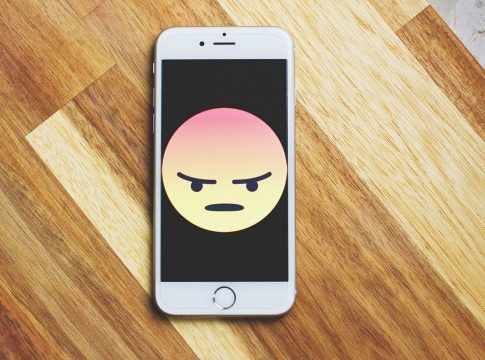There are many factors that contribute to the draining of juice out of your smartphone battery. Apart from 3G, 4G, 5G, and WiFi drain on smartphones — heavy and poorly coded apps contribute a huge chunk on your battery on top of taking up storage space. This can also affect your handset’s performance and battery life. Well, enough is enough – it’s time to clean up your smartphone. Here are five apps you should delete or replace immediately.
1. Facebook
Uninstalling Facebook will speed up your smartphone, and improve your device’s performance no matter how powerful it is, but this is no secret. The Facebook app for Android has become monstrous in recent years: high memory consumption, staying active in the background, demanding permissions, and worst of all, hungrily consuming of mobile data.
If you really want to continue using Facebook, you can use the mobile site and add a shortcut on the home screen or the Facebook lite version. Thus, when you close the web tab of Facebook, the site will no longer use the resources of your phone (battery, data plan etc.).
2. RAM saving Apps
Background apps chew up up your RAM and use battery life, even if they’re on standby. The idea behind apps that claim to boost your memory is to close these background apps systematically. Unfortunately, this makes the problem worse. Smartphone makers like Huawei and OnePlus have learnt how to kill off these apps in a better way and this well backed into their version of the Android Operating System.
Apps running in the background have to restart after you close them. Memory and battery life is used to restart the apps, and this constant closing and restarting of apps can make your phone unstable. So, these memory saving apps don’t make any sense. Furthermore, Android manages RAM usage automatically and knows when to run an app or not, so third-party apps aren’t necessary.
3. Battery Saving Apps
Similar to RAM boosters, battery-saving apps are often a load of rubbish. These apps offer a solution to one of the most-loathed smartphone problems in the world and promise miracles. There are only a few exceptions to the truth that battery-saving apps are merely billboards disguised as useful apps.
ALSO READ: Why Apple doesn’t reveal the battery capacity of the iPhones
To really increase battery life, you have to reduce energy demand from the operating system and all running services and apps. So to be effective, energy-saving apps would need to take control of running Android. But since Android doesn’t can’t be controlled without root privileges, apps available in the Play Store can’t simply step in and take control. At best, apps can advise or warn you when you’re chewing through too many Energon cubes, but that’s about it. If it closes power-hungry apps, those apps will likely automatically reopen anyway. Thus, the effect is reversed and energy consumption could actually increase.
4. Clean Master (or performance boasting apps)
Cleaning apps promise to clean up your phone to boost performance. While it’s true that deleted applications sometimes leave behind some cached data, it’s not necessary to download a dedicated cleaner. Just go to Settings > Storage > and tap Cached data. At the Clear cached data prompt, hit OK.
Alternatively, you can clear the cache of individual apps by going to Settings > Apps > Downloaded and tapping on an app. On the next page, tap Clear Cache.
Clean Master and similar apps often require a lot of battery power, and their in-app advertising has the potential to take a chunk out of your monthly data allowance. Remove such apps at your earliest convenience.
5. Bloatware Apps
Pre-installed apps on smartphone can be good or a bad thing. Many manufacturers install their own useless apps alongside the compulsory set of apps from Google. Ideally, it’s just storage space wasted, but in the worst case, they take up battery life, screen real estate and can’t even be uninstalled.
It is, therefore, worthwhile to look through your app list and delete the pre-installed apps. The easiest way to do this is by grabbing the respective app in the app drawer and then pulling it onto the app info icon. Then you will see if the app is uninstallable or only deactivatable. The latter option simply means the app is no longer launched upon restart and disappears from the app drawer, but it continues to occupy space anyway – these deactivated apps can only be completely removed after rooting your phone.
Some vendors won’t let you uninstall Facebook, Twitter, or other social networks on your smartphone. This is annoying for users who don’t care about social media, or those who don’t need the app taking up space on their device. After all, in many cases, the mobile site is sufficient enough.


